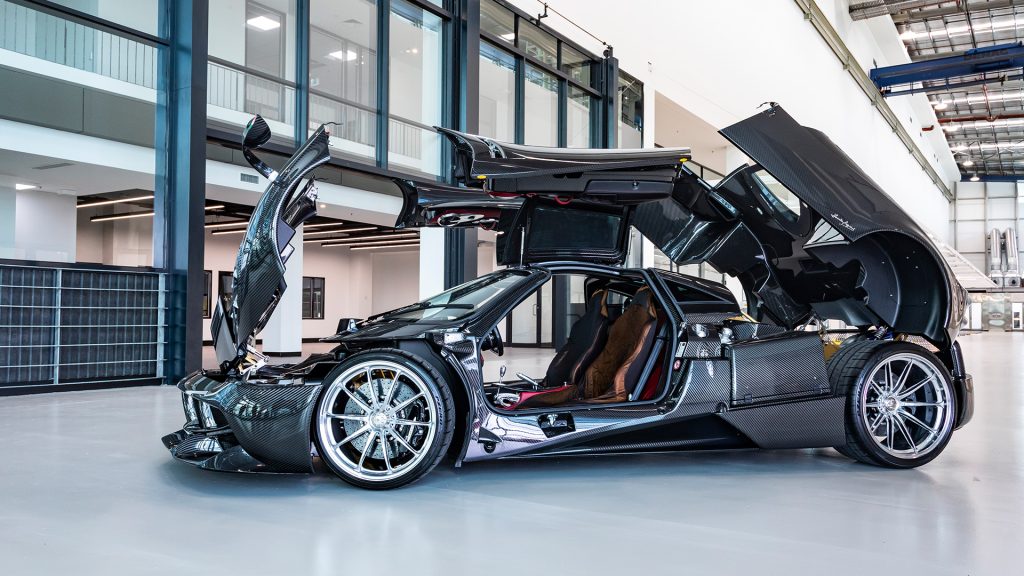
September 27, 2024
What is Luxury Car Tax? Who Pays It and Why?
When purchasing a luxury car, many buyers are surprised to find an additional tax added to their bill – the Luxury Car Tax (LCT). This tax is unique to countries like Australia and is designed to target high-end vehicles that exceed a certain price threshold. But what exactly is Luxury Car Tax, who is responsible for paying it, and why does it exist in the first place?
What is Luxury Car Tax (LCT)?
Luxury Car Tax (LCT) is a tax imposed on the purchase of cars that exceed a certain value threshold, aimed at higher-end, luxury vehicles. It is calculated as a percentage of the value of the car above the threshold.
LCT was introduced in 2000 as part of the broader Goods and Services Tax (GST) reforms in Australia. Its initial purpose was to replace the existing wholesale sales tax system and to ensure that luxury cars, often considered non-essential, were taxed at a higher rate compared to standard vehicles.
What is The Purpose of Luxury Car Tax?
The main goal of LCT is to discourage the import and purchase of high-end luxury vehicles. Additionally, it promotes environmental sustainability by encouraging consumers to opt for more affordable and eco-friendly vehicles. By taxing luxury vehicles, the government seeks to reduce excessive imports of high-end cars and balance consumer spending towards more practical options.
Does Luxury Car Tax Apply to New Cars, Used Cars or Both?
LCT generally applies to the purchase of new cars, though it can also apply to imported used cars that exceed the luxury car threshold. However, cars sold as used vehicles in the domestic market typically do not attract LCT unless they are luxury imports.
The definition of a luxury car is based on the car’s price exceeding a set threshold. As of 2024, the threshold is set at approximately $91,387 for fuel-efficient vehicles and $80,567 for other vehicles. Any car priced above these limits qualifies as a luxury vehicle and is subject to LCT.
The Luxury Car Tax rate is 33% and applies to the amount by which the vehicle’s price exceeds the relevant threshold. For example, for a fuel-efficient car priced at $100,000, LCT would apply to the amount above the $91,387 threshold, which is $8,613. The tax would be 33% of $8,613, equalling $2,842.29.
Why Does the Government Impose Luxury Car Tax?
- Government Revenue Generation: LCT contributes to the government’s revenue by taxing high-value purchases, especially from the luxury car market.
- Discouraging Excessive Spending on High-End Vehicles: LCT aims to curb the purchase of expensive luxury vehicles by making them less affordable to the general public, thereby prioritising spending on essential goods and services.
- Promoting Environmentally Friendly Vehicles: LCT encourages the purchase of fuel-efficient and eco-friendly cars by offering a higher threshold for such vehicles, making them relatively more affordable compared to non-fuel-efficient luxury vehicles.
Are There Any Exemptions from Luxury Car Tax?
- Fuel-Efficient Vehicles: Fuel-efficient vehicles benefit from a higher LCT threshold, reducing or eliminating the tax liability for many such models.
- Primary Producers and Businesses: Some primary producers and certain businesses may be eligible for LCT exemptions or reductions when purchasing vehicles for business use.
- Disability-Modified Vehicles: Vehicles that are specially modified for people with disabilities are typically exempt from LCT, ensuring that individuals with mobility challenges are not penalised by the tax.
Controversies and Criticisms of Luxury Car Tax
Luxury Car Tax has faced its share of criticism over the years. Some argue that the tax is outdated and no longer serves its original purpose of protecting the domestic car industry. In addition, critics have claimed that LCT unfairly penalises consumers who want to buy safer, technologically advanced vehicles, many of which now fall into the “luxury” category due to rising prices.
How to Avoid or Minimise Luxury Car Tax
- Buy Below the LCT Threshold: One of the simplest ways to avoid paying LCT is to choose a vehicle priced below the luxury car tax threshold. By opting for a car that stays within the limit, you can completely avoid the tax.
- Choose Fuel-Efficient Vehicles: Fuel-efficient cars have a higher LCT threshold ($76,950) compared to non-fuel-efficient vehicles ($71,849). If you’re looking for a luxury vehicle, selecting a fuel-efficient model can help reduce or even eliminate your LCT liability.
- Primary Producer Exemptions: Primary producers, such as farmers, may be eligible for LCT exemptions when purchasing certain vehicles for business use, such as off-road vehicles or trucks.
- Business Purchases: Certain businesses, particularly those involved in tourism or transportation, may qualify for LCT rebates or reductions when purchasing vehicles essential to their operations. Consulting with a tax advisor can help businesses determine if they qualify for these benefits.
Keep Your Luxury Car in Top Condition with Zagame Autobody
Whether you’re a private buyer or a business, knowing when LCT applies and how it impacts your purchase is essential. While LCT is meant to regulate high-end car imports and promote eco-friendly options, understanding the rules can be difficult sometimes.
At Zagame Autobody, we understand the unique needs of luxury car owners. Whether you’ve recently purchased a luxury vehicle or are looking to repair and maintain your high-end car, we offer top-tier services tailored to premium vehicles. Our expert team has specialised in repairing luxury models like Lamborghini, Maserati and McLaren for many years, so you can rest assured that your vehicle is in the most capable and experienced hands. Visit us today to experience the best in luxury car care and maintenance.
Contact Zagame Autobody for a consultation or to book a repair service for your luxury vehicle. Let us help keep your car performing at its peak!
